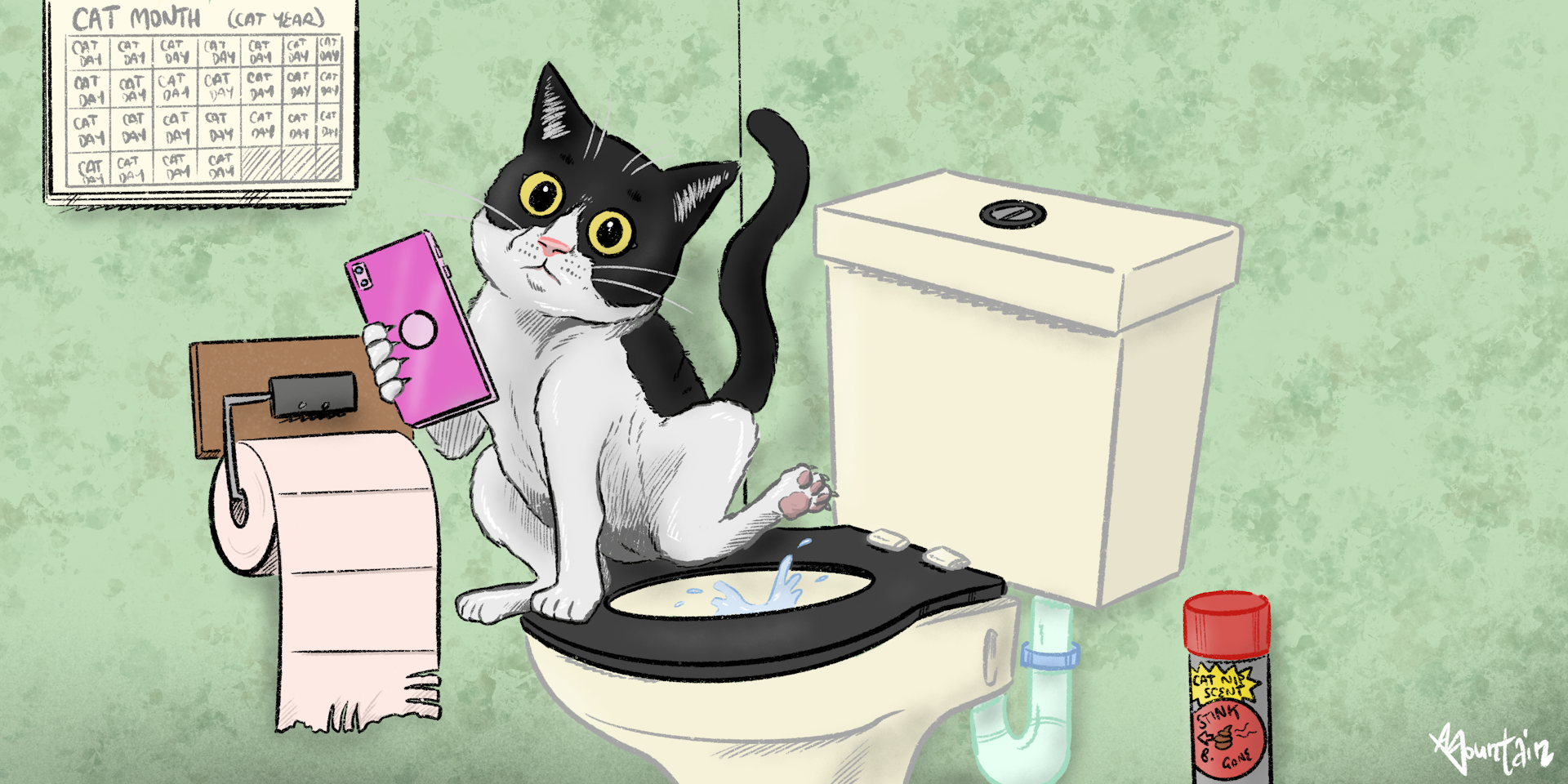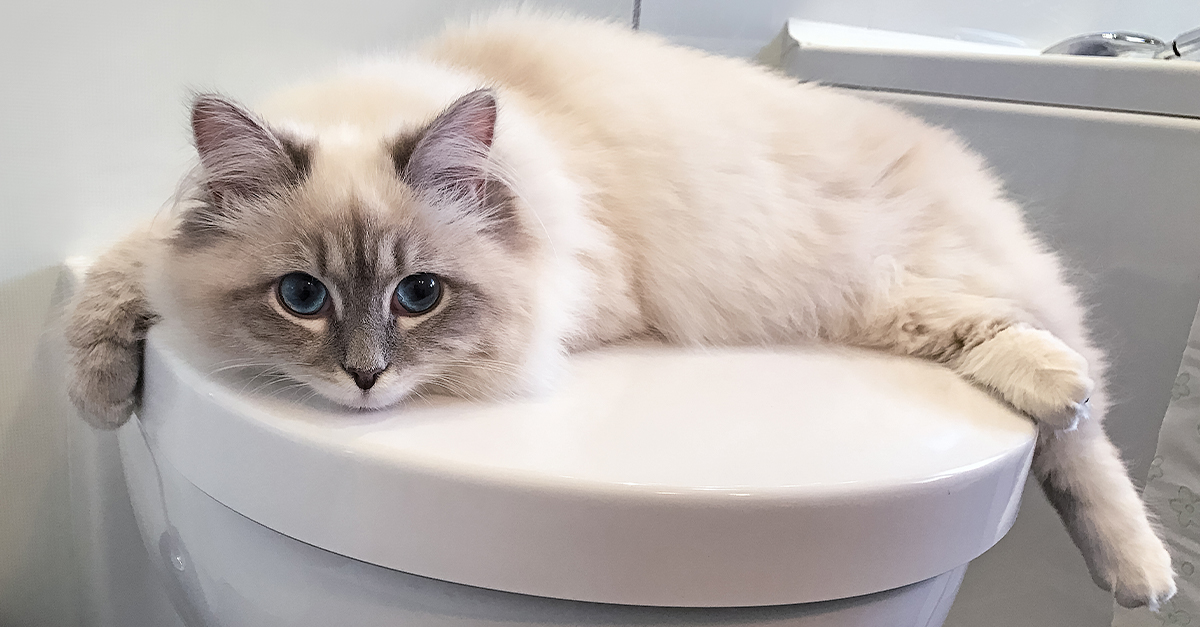Are you in search of advice about 10 Things You Should Never Flush Down The Toilet?

When it pertains to disposing of waste, specifically animal waste, many people typically consider the hassle-free choice of flushing it down the toilet. Nevertheless, this apparently very easy service can have severe effects for the environment and public health. In this write-up, we'll explore why flushing animal waste down the toilet is a bad concept and supply different approaches for proper disposal.
Intro
Proper garbage disposal is vital for keeping ecological sustainability and public health. While it may seem harmless to flush animal waste down the commode, it can lead to various problems, both for the environment and human well-being.
Dangers of flushing pet waste
Environmental influence
Purging animal waste presents unsafe microorganisms and pathogens right into waterways, which can negatively affect water communities. These virus can contaminate water resources and damage marine life, interrupting delicate communities.
Public health issues
Pet waste consists of unsafe microorganisms such as E. coli and Salmonella, which can pose serious health and wellness risks to people. Flushing pet waste down the bathroom can pollute water materials, resulting in the spread of illness and infections.
Alternatives to flushing
As opposed to purging animal waste down the bathroom, there are numerous alternate disposal methods that are more environmentally friendly and sanitary.
Composting
Composting animal waste is a green method to take care of it. By composting, organic matter is broken down right into nutrient-rich soil, which can be utilized to fertilize yards and plants.
Garbage dump disposal
Getting rid of pet waste in a garbage dump is an additional alternative. While not as environmentally friendly as composting, it is a much safer alternative to flushing, as it avoids the contamination of water sources.
Pet garbage disposal systems
There are customized pet garbage disposal systems offered that safely and hygienically throw away animal waste. These systems typically utilize enzymes to break down waste and remove odors.
Steps to appropriate animal garbage disposal
To make sure proper disposal of animal waste, comply with these steps:
Scooping and getting waste
Frequently scoop and bag pet waste using biodegradable bags. This protects against waste from infecting the environment.
Making use of marked waste bins
Dispose of bagged animal waste in designated waste containers, such as garden compost bins or land fill bins. Stay clear of flushing it down the toilet at all prices.
Cleaning can and family pet locations on a regular basis
Routinely tidy litter boxes and pet locations to avoid the build-up of waste and germs. Usage pet-safe cleansing items to maintain health.
Advantages of appropriate disposal techniques
Adopting proper disposal techniques for pet waste provides several advantages:
Lowered environmental pollution
Proper disposal methods minimize the threat of environmental pollution, protecting rivers and environments from contamination
Decreased threat of water contamination.
By avoiding flushing animal waste down the toilet, the threat of water contamination is dramatically minimized, protecting public health.
Boosted hygiene and health
Proper disposal methods advertise better hygiene and hygiene, developing a safer environment for both humans and pets.
Conclusion
Finally, flushing animal waste down the toilet is damaging to the setting and public health. By embracing alternate disposal techniques and complying with proper waste management methods, we can reduce the negative influence of pet waste and add to a cleaner, healthier earth.
What To Do With Dog Poo – The Do's And Don'ts Of Disposing Of Faeces
Dog poo bins
Some councils provide dedicated dog waste bins in popular dog-walking areas that can take dog poo that has been bagged but you can legally dispose of dog waste in any public litter bin, as long as it is securely bagged. This also applies to your wheelie bin at home.
Do not flush
Water companies do not recommend flushing dog faeces down the toilet because certain parasites can survive the water processing treatment and are potentially harmful to humans. You should also never consider flushing dog poo that has been bagged down the toilet as the bags will not break down and instead create severe blockages in the sewage system.
In the woods
The Forestry Commission promotes a ‘stick and flick’ method for dealing with waste in the woods. This means finding a stick and using it to flick any poo from off the path so that it is out of the way of other walkers. You could also bury it as long as it is not in an area where there might be livestock.
Livestock
Parasites found in dog poo can be transmitted to livestock if they inadvertently eat infected faeces that has been left on grazing land. This could result in the death of sheep or abortion in cattle so you should always make sure you pick up your dog’s waste in fields where livestock could be present.

Routinely tidy litter boxes and pet locations to avoid the build-up of waste and germs. Usage pet-safe cleansing items to maintain health.
Advantages of appropriate disposal techniques
Adopting proper disposal techniques for pet waste provides several advantages:
Lowered environmental pollution
Proper disposal methods minimize the threat of environmental pollution, protecting rivers and environments from contamination
Decreased threat of water contamination.
By avoiding flushing animal waste down the toilet, the threat of water contamination is dramatically minimized, protecting public health.
Boosted hygiene and health
Proper disposal methods advertise better hygiene and hygiene, developing a safer environment for both humans and pets.
Conclusion
Finally, flushing animal waste down the toilet is damaging to the setting and public health. By embracing alternate disposal techniques and complying with proper waste management methods, we can reduce the negative influence of pet waste and add to a cleaner, healthier earth.
What To Do With Dog Poo – The Do's And Don'ts Of Disposing Of Faeces
Dog poo bins
Some councils provide dedicated dog waste bins in popular dog-walking areas that can take dog poo that has been bagged but you can legally dispose of dog waste in any public litter bin, as long as it is securely bagged. This also applies to your wheelie bin at home.
Do not flush
Water companies do not recommend flushing dog faeces down the toilet because certain parasites can survive the water processing treatment and are potentially harmful to humans. You should also never consider flushing dog poo that has been bagged down the toilet as the bags will not break down and instead create severe blockages in the sewage system.
In the woods
The Forestry Commission promotes a ‘stick and flick’ method for dealing with waste in the woods. This means finding a stick and using it to flick any poo from off the path so that it is out of the way of other walkers. You could also bury it as long as it is not in an area where there might be livestock.
Livestock
Parasites found in dog poo can be transmitted to livestock if they inadvertently eat infected faeces that has been left on grazing land. This could result in the death of sheep or abortion in cattle so you should always make sure you pick up your dog’s waste in fields where livestock could be present.

Do you appreciate reading up on Don't Flush Your Pets Poo Down The Loo, Vet Warns? Write feedback directly below. We'd be glad to listen to your responses about this review. In hopes to see you back again in the future. If you please take the opportunity to promote this blog entry if you enjoyed reading it. Thank-you for going through it.
Call Today